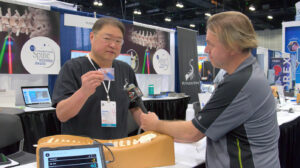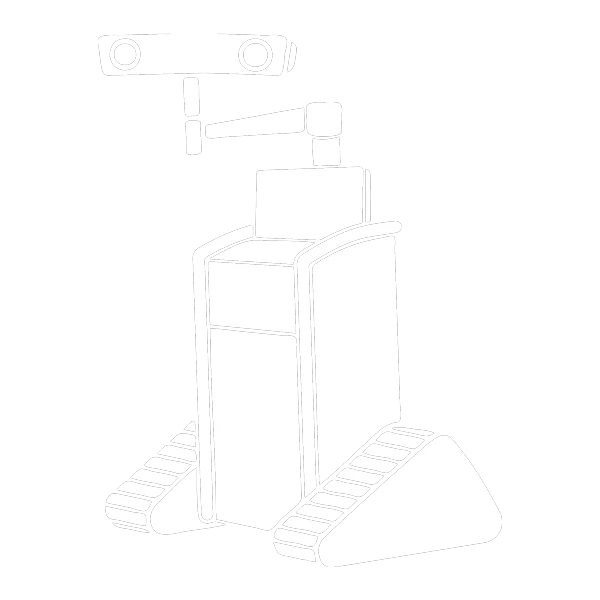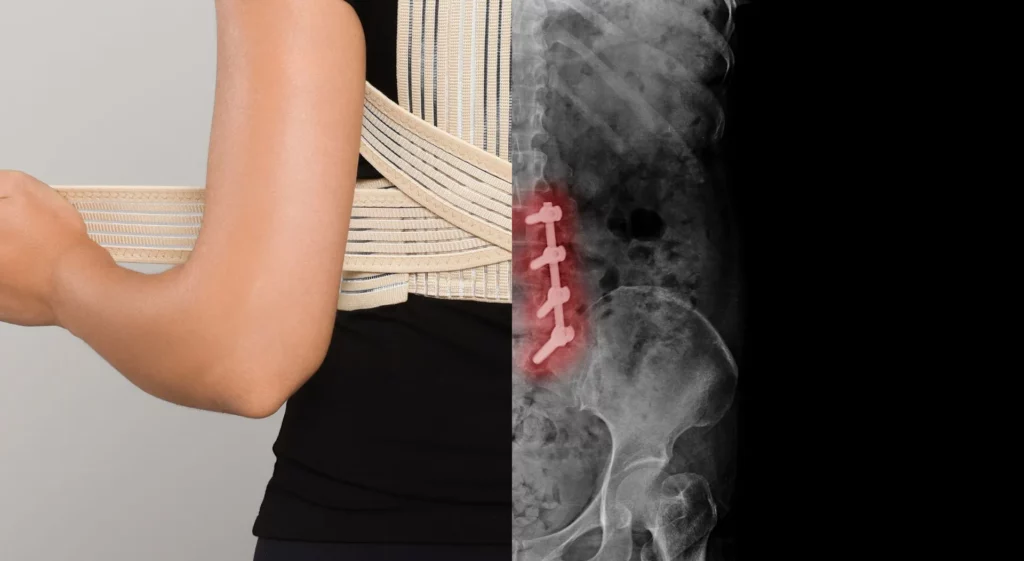
As more individuals seek solutions for spinal issues, both non-surgical and surgical tools have become vital in the journey towards a pain-free life. This blog delves into the array of spinal alignment tool options available today, catering to diverse needs and preferences. From posture correctors and foam rollers to sophisticated surgical instruments like pedicle screws and vertebral body replacements, we explore the wide spectrum of options designed to support spinal health. Whether you’re looking for a non-invasive approach or considering surgical intervention, understanding these tools can empower you to make informed decisions and collaborate with healthcare professionals to determine the most appropriate solutions for your needs.
Table of Contents
ToggleSpinal Alignment Tool: Self-Managing and Therapeutic Solutions

Spinal Alignment Tool: Posture Correctors
Posture correctors are wearable devices designed to help maintain proper spine alignment by supporting the back and shoulders. They come in various forms, including braces, straps, and vests. Posture correctors are recommended for individuals who spend long hours sitting or standing. They are also Useful during physical activities to ensure proper posture.¹
Types of Posture Correctors
Back Braces: These are worn around the torso and provide support to the lower and upper back.¹¹
Shoulder Straps: Designed to pull the shoulders back, encouraging proper posture.¹²
Vest-Style Correctors: These combine the features of back braces and shoulder straps, providing comprehensive support.¹³
Foam Rollers
Foam rollers are cylindrical tools used for self-myofascial release and muscle relaxation. They help in promoting better posture and spinal alignment by releasing tension in the muscles and fascia. They are commonly used before or after workouts and effective for targeting specific muscle groups like the back, legs, and shoulders.²
Spinal Alignment Tool: Chiropractic Adjusting Instruments
Chiropractic adjusting instruments, such as activators, are devices used by chiropractors to apply controlled force to specific areas of the spine. These instruments aid in spinal adjustments, helping to realign the vertebrae. This is typically Suitable for conditions like subluxations, joint dysfunction, and spinal misalignments.³
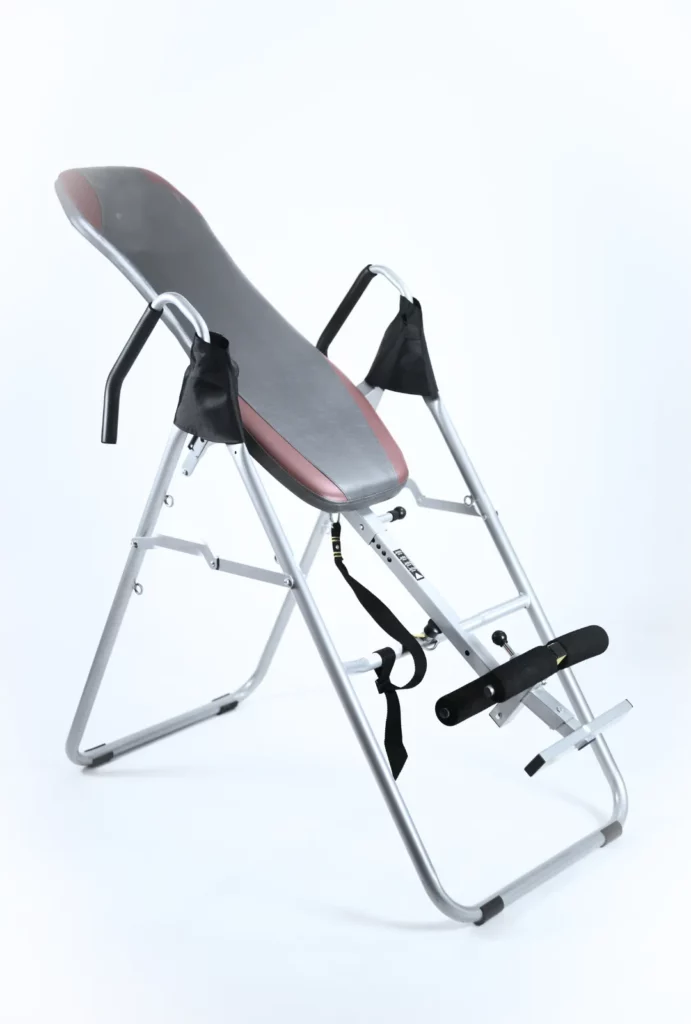
Types Chiropractic Adjusting Instruments
Activator Adjusting Instruments: Handheld devices that deliver a quick, low-force impulse to the spine.¹⁴
Arthrostim Instruments: Provide a pulsating force to adjust the spine and joints.¹⁵
Impulse Adjusting Instruments: Utilize computerized technology to deliver precise adjustments.¹⁶
Spinal Alignment Tool: Inversion Tables
Inversion tables are pieces of equipment that allow users to hang upside down, decompressing the spine and improving alignment. By reversing the effects of gravity, inversion tables help to relieve pressure on the spinal discs and nerve roots. Typically effective for individuals with chronic back pain or sciatica. Although it’s recommended for short sessions, typically 5-15 minutes long. Individuals with certain medical conditions should be used under guidance.
Spinal Alignment Tool in Spine Surgery
Spinal alignment tools are critical in modern spine surgery, enhancing precision, safety, and patient outcomes. The key focus in spine surgery is to restore and maintain proper spinal alignment using advanced tools and techniques.
Pedicle Screws and Rods
Pedicle screws and rods are fundamental tools in spine surgery. They stabilize the spine by being inserted into the pedicles of the vertebrae and connected with rods to correct alignment. These tools are crucial for patients suffering from spinal deformities or injuries.⁴
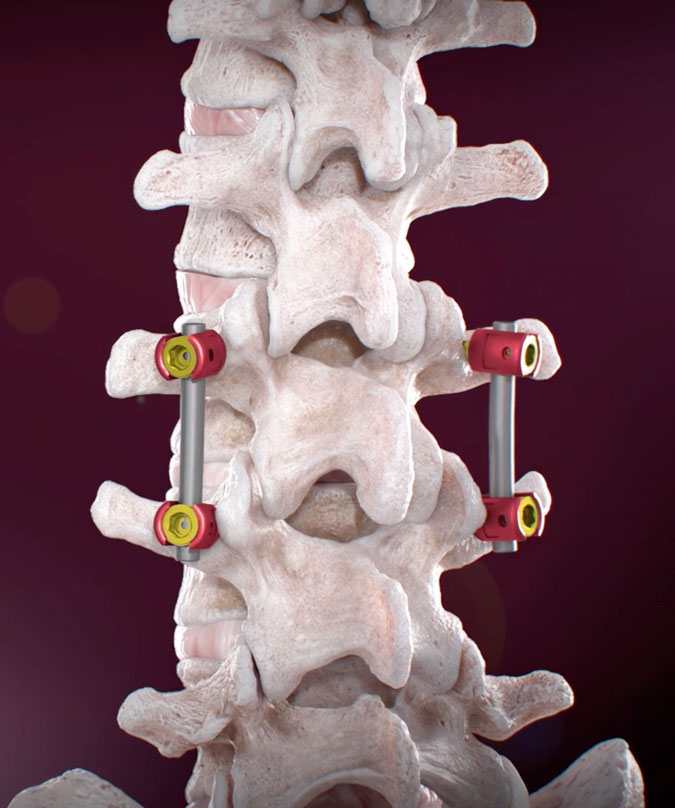
Interbody Cages
Interbody cages are implanted between vertebrae to maintain disc height and promote fusion while restoring proper spinal alignment. These cages are often used in procedures like spinal fusion.⁵
Facet Joint Fixation Systems
Facet joint fixation systems stabilize the spine by fixing the facet joints. These systems are particularly useful in maintaining proper spinal alignment and reducing pain.⁶
Kyphoplasty Balloons
Kyphoplasty balloons are used in vertebral compression fractures. These balloons are inflated inside the vertebra to restore height and alignment before filling the space with bone cement.⁷
Vertebral Body Replacements (VBR)
Vertebral body replacements are used to replace damaged vertebral bodies and restore spinal alignment and stability. These replacements are critical in cases of severe vertebral damage.⁸
Navigation Systems
Navigation systems in spine surgery use imaging technology to guide the placement of implants with high precision, ensuring proper spinal alignment.⁹
Intraoperative Imaging (C-Arm, O-Arm)
Intraoperative imaging systems like C-Arm and O-Arm provide real-time images of the spine during surgery to ensure correct alignment and placement of implants.¹⁰
Disc Arthroplasty Devices
Disc arthroplasty devices, or artificial discs, are used to replace damaged intervertebral discs. They maintain or restore proper spinal alignment and motion, offering an alternative to spinal fusion.¹⁷
Aid in Lumbosacral Pedicle Screw Placement
The accurate placement of lumbosacral pedicle screws is crucial in spinal surgeries, especially for conditions such as spinal instability, deformities, and fractures. Furthermore, precise screw placement ensures optimal biomechanical stability, thereby minimizing the risk of complications such as nerve damage, vascular injury, or screw misplacement. Given the complexity and critical nature of the lumbosacral region, the accuracy of pedicle screw procedures directly influences the recovery and quality of life for patients, underscoring the importance of meticulous surgical planning and execution.
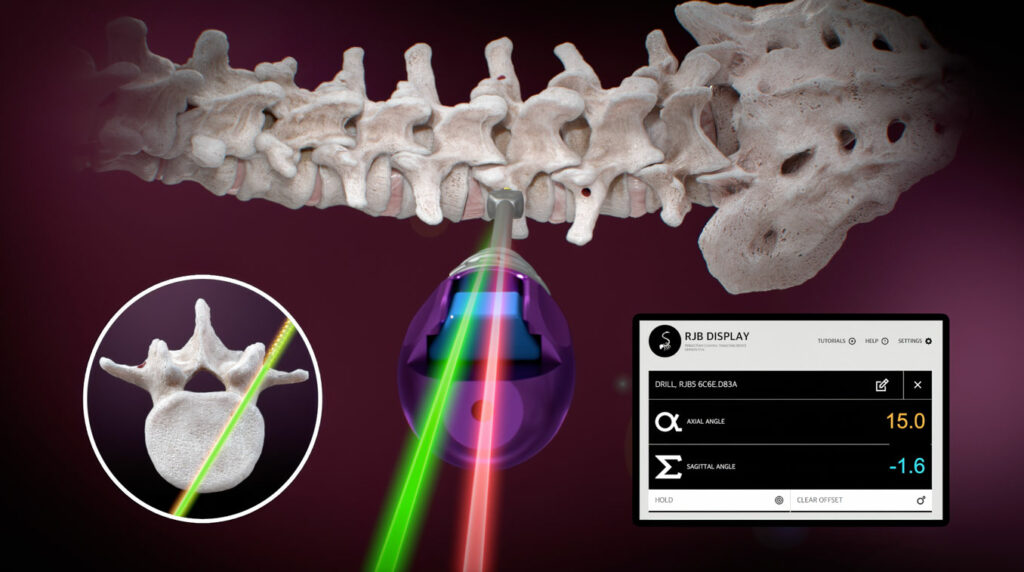
The RJB intraoperative angle measurement Tool
Ruthless Spine’s RJB Device, designed for intraoperative surgical angle measurement, is utilized during lumbosacral pedicle screw procedures. This tool measures the angle of surgical instruments in two planes relative to a vertical plumb line, aiding in screw implantation. It is used with applicable spinal instrumentation and serves as an adjunct to fluoroscopy or intraoperative x-rays.
Conclusion: Spinal Alignment Tool
The journey to achieving and maintaining proper spinal alignment is multifaceted, involving a combination of lifestyle changes, non-surgical tools, and, in some cases, surgical interventions. By familiarizing yourself with the various spinal alignment tools discussed in this article, you can better navigate your options and collaborate with healthcare professionals to determine the most appropriate solutions for your needs.
Disclaimer: The RJB device is not intended to replace a surgeon’s judgment and has not undergone clinical evaluation. No clinical benefit has been demonstrated or is claimed.
References
- Verywell Health. Best posture correctors. Retrieved from https://www.verywellhealth.com/best-posture-correctors-4171981
- The New York Times Wirecutter. Best foam rollers. Retrieved from https://www.nytimes.com/wirecutter/reviews/best-foam-rollers/
- Adjustments Chiropractic. Top 6 most popular chiropractic adjusting instruments. Retrieved from https://www.adjustmentschiropractic.com/top-6-most-popular-chiropractic-adjusting-instruments/.
- Spine-Health. Pedicle screws in spine fusion. Retrieved from https://www.spine-health.com/treatment/spinal-fusion/pedicle-screws-spine-fusion
- Spine-Health. Interbody cages in spine fusion. Retrieved from https://www.spine-health.com/treatment/spinal-fusion/interbody-cages-spine-fusion
- WKHS. Facet fixation (US Spine®). Retrieved from https://www.wkhs.com/health-resources/wk-health-library/medical-procedures-tests-care-and-management/a-z/facet-fixation-(us-spine%C3%A2-)
- Cleveland Clinic. Kyphoplasty. Retrieved from https://my.clevelandclinic.org/health/procedures/kyphoplasty
- SCOI. Vertebral body replacement (VBR). Retrieved from https://www.scoi.com/patient-resources/education/vertebral-body-replacement-vbr
- National Center for Biotechnology Information (NCBI). Article on spinal fusion. Retrieved from https://www.ncbi.nlm.nih.gov/pmc/articles/PMC7859779/
- Medtronic. O-arm surgical imaging system. Retrieved from https://www.medtronic.com/us-en/healthcare-professionals/products/neurological/surgical-imaging-systems/o-arm.html
- Health.com. Do posture correctors work? Retrieved from https://www.health.com/do-posture-correctors-work-8425938
- FDA. DEN230012. Retrieved from https://www.accessdata.fda.gov/cdrh_docs/pdf23/DEN230012.pdf
- BackEmbrace. Do posture correctors work? Retrieved from https://backembrace.com/blogs/articles/do-posture-correctors-work
- Spine-Health. Activator Method Chiropractic Technique. Retrieved from https://www.spine-health.com/treatment/chiropractic/activator-method-chiropractic-technique
- Active Life Wellness. Impulse adjusting technique. Retrieved from https://www.activelifewellness.com/impulse-adjusting/
- Starkwood Chiropractic. Benefits of using Arthrostim instruments. Retrieved from https://www.starkwoodchiropractic.com/benefits-of-using-arthrostim-instrument/
- Spine.md. Types of artificial disc replacement. Retrieved from https://www.spine.md/artificial-disc-replacement/types-of-artificial-disc-replacement/

